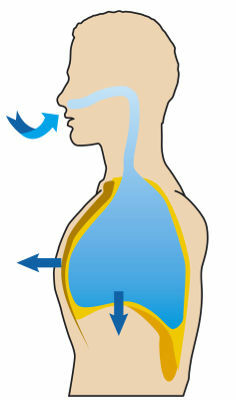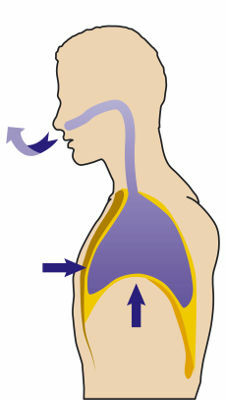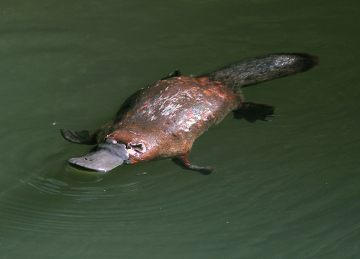THE breathing is a fundamental process for the survival of our body. It is through this process that we are able to capture oxygen, an important element that carries out the breathing of all cells of the body. It is also through it that we are able to expel carbon dioxide from the lungs.
For lung breathing to take place, two movements are required: inspiration and expiration. These movements, which are achieved by contracting and relaxing muscles, provide the right conditions for air to enter and be expelled through the lungs.
→ Inspiration
During inspiration, air enters our lungs, an essential movement for obtaining oxygen. This process occurs because of the diaphragm muscle contraction, which lowers and lengthens the chest cavity, and the contraction of intercostal muscles, which raise the ribs. This causes the rib cage volume to increase and the pressure inside the lungs to decrease. As the pressure decreases, air enters the lungs (See figure below).

During inspiration, the diaphragm contracts, increasing the rib cage
→ Expiration
On exhalation, our body sends out the air present in the lungs, a fundamental process to ensure the removal of carbon dioxide in our body. In the process of exhalation, there is an inverse process to that of inspiration: the diaphragm and intercostal muscles relax. As a result, the rib cage reduces its volume, which causes the lungs to contract and increase intrapulmonary pressure. As the pressure increases, the air is forced out (See figure below).

On expiration, the diaphragm relaxes, shrinking the rib cage
→ Summary
Note the following chart comparing inspiration and expiration:
Inspiration |
Expiration |
Diaphragm contracts |
diaphragm relaxes |
Intercostal muscles contract |
intercostal muscles relax |
rib cage enlarges |
rib cage decreases |
Intrapulmonary pressure decreases |
Intrapulmonary pressure increases |
By Ma. Vanessa dos Santos


